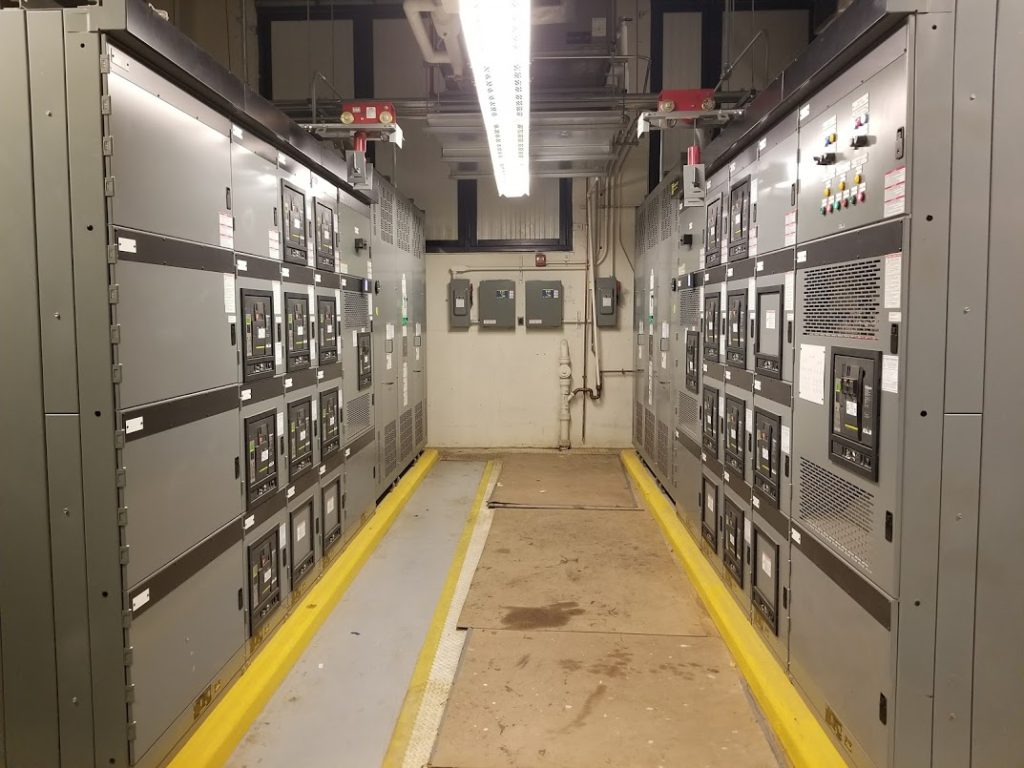 Some rooms containing electrical equipment are required to have doors that are equipped with panic hardware or fire exit hardware. This is a requirement of NFPA 70 – National Electrical Code (NEC), and the purpose is to allow technicians to exit easily in case of an accident within the room.
Some rooms containing electrical equipment are required to have doors that are equipped with panic hardware or fire exit hardware. This is a requirement of NFPA 70 – National Electrical Code (NEC), and the purpose is to allow technicians to exit easily in case of an accident within the room.
Most jurisdictions within the US have adopted the NEC, but different editions of the code may be used from one state to the next. NFPA 70 is updated every 3 years, and each edition since 2002 has made changes to the requirements for panic hardware so it’s important to know which edition applies to a particular project.
The NEC mandates panic hardware or fire exit hardware on rooms that house equipment over a certain amperage, or over a certain voltage – as specified in the code. There are also requirements for specific types of rooms, such as transformer vaults and battery rooms. Unlike the requirements for panic hardware in other types of occupancies, NFPA 70 does not require panic hardware serving electrical rooms to be installed on each door between the electrical room and the public way.
For more detailed information about panic hardware on rooms housing electrical equipment, read this Decoded article. Then proceed to the review questions below.
Photo: John Truempy, ALOA Institutional Locksmiths
~~~
Review Questions
1. When NFPA 70 mandates panic hardware or fire exit hardware, where is this hardware required?
- All doors between the electrical room and the public way
- Doors intended for entrance/egress within 25 feet of the required working space
- The main means of egress serving the room
- Only the door from the electrical room to the exterior
2. The 2017 edition of the NEC does NOT require panic hardware for which of the following rooms?
- Rooms housing equipment with <600 volts
- Rooms housing equipment with >1000 volts
- Rooms housing equipment with >800 amps
- Battery rooms, transformer vaults, and ESS rooms
3. What is the purpose of the requirement for panic hardware on certain types of electrical rooms?
- To allow technicians to exit while carrying tools and equipment
- To ensure that the door closes and latches properly for fire protection
- To provide security so the room can be accessed only by qualified people
- To facilitate egress in case of an explosion or accident in the room
Answers: 1 – B, 2 – A, 3 – D
